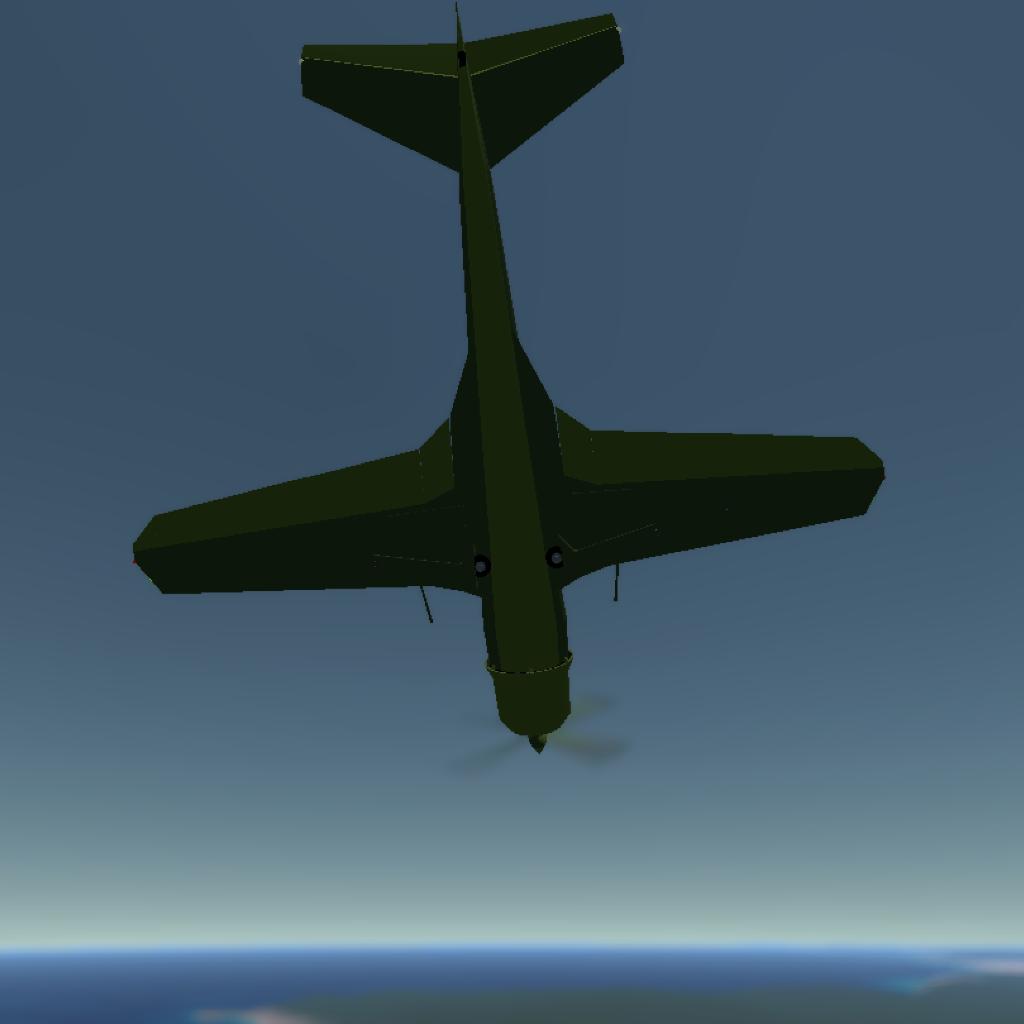Origins of the Ga-8 Interceptor
Background
The Ga-8, standing for Garry Alexander-8, was an innovative interceptor aircraft designed during the height of World War II. The development of the Ga-8 can be traced back to the early 1940s when the Allied forces urgently needed a fast, reliable, and agile interceptor to combat the increasingly advanced aircraft deployed by the Axis powers.
Design and Development
Garry Alexander was a brilliant and somewhat unconventional aircraft designer and engineer based in the United States. Having cut his teeth working for major aircraft manufacturers, Alexander established his own small company, Alexander Aviation Works, in 1940. His vision was to create a lightweight, highly maneuverable interceptor that could outperform enemy aircraft at medium altitudes.
Key Features:
Radial Engine: The Ga-8 was powered by a Pratt & Whitney R-2800 Double Wasp radial engine, one of the most powerful and reliable engines of its time. The use of a radial engine was a strategic decision, leveraging its robust performance and ease of maintenance in the field.
Armament: The aircraft was equipped with two Browning M2 .50 caliber machine guns mounted in the wings. This armament was sufficient for intercepting and disabling enemy bombers and fighters while maintaining a light enough weight to ensure high maneuverability.
Design Philosophy: The Ga-8's design emphasized speed and agility. Alexander’s team focused on a streamlined airframe, reducing drag to maximize speed. The lightweight construction combined with the powerful radial engine allowed the Ga-8 to achieve impressive climb rates and quick acceleration.
Production and Deployment
The prototype Ga-8 took its first flight in late 1942. Its performance exceeded expectations, prompting the U.S. Army Air Forces to place an initial order for 200 units. The Ga-8 quickly entered production, with Alexander Aviation Works scaling up their operations to meet the demand.
The Ga-8 saw its first combat in early 1943. It was primarily deployed in the European Theater, where its speed and firepower proved invaluable in intercepting Luftwaffe bombers and providing air cover for Allied ground forces. Pilots praised the Ga-8 for its responsive handling and reliability under combat conditions.
Legacy
Despite being overshadowed by more famous aircraft like the P-51 Mustang and the P-47 Thunderbolt, the Ga-8 earned a reputation among pilots and historians as a highly effective and reliable interceptor. Its contributions to the air war over Europe played a significant role in securing air superiority for the Allies.
After the war, the remaining Ga-8 aircraft were gradually retired from active service. Some were sold to smaller air forces or converted for civilian use. A few well-preserved examples can still be found in aviation museums, where they stand as a testament to Garry Alexander’s innovative design and the unsung heroes of World War II aviation.
This backstory situates the Ga-8 within the historical context of WWII, highlighting its development, features, and legacy in a way that pays homage to the era’s engineering feats and the fictional designer, Garry Alexander.
This has:
Custom landing gear
Controls:
Engine:Ag1?(Oh wait i forgot to put the motor on ag1)
Canopy:Ag2
Navigation lights: Ag3
Guns: Ag4
Landing gear: Ag8
Flaps:Slider:1
GENERAL INFO
- Successors 1 craft(s)
- Created On: Android
- Game Version: 1.3.111.0
- Price: $822k
- Number of Parts: 87
- Dimensions: 5 m x 18 m x 17 m
PERFORMANCE
- Total Delta V: 0m/s
- Total Thrust: 300N
- Engines: 1
- Wet Mass: 9,750kg
- Dry Mass: 9,421kg
STAGES
| Stage | Engines | Delta V | Thrust | Burn | Mass |
|---|









